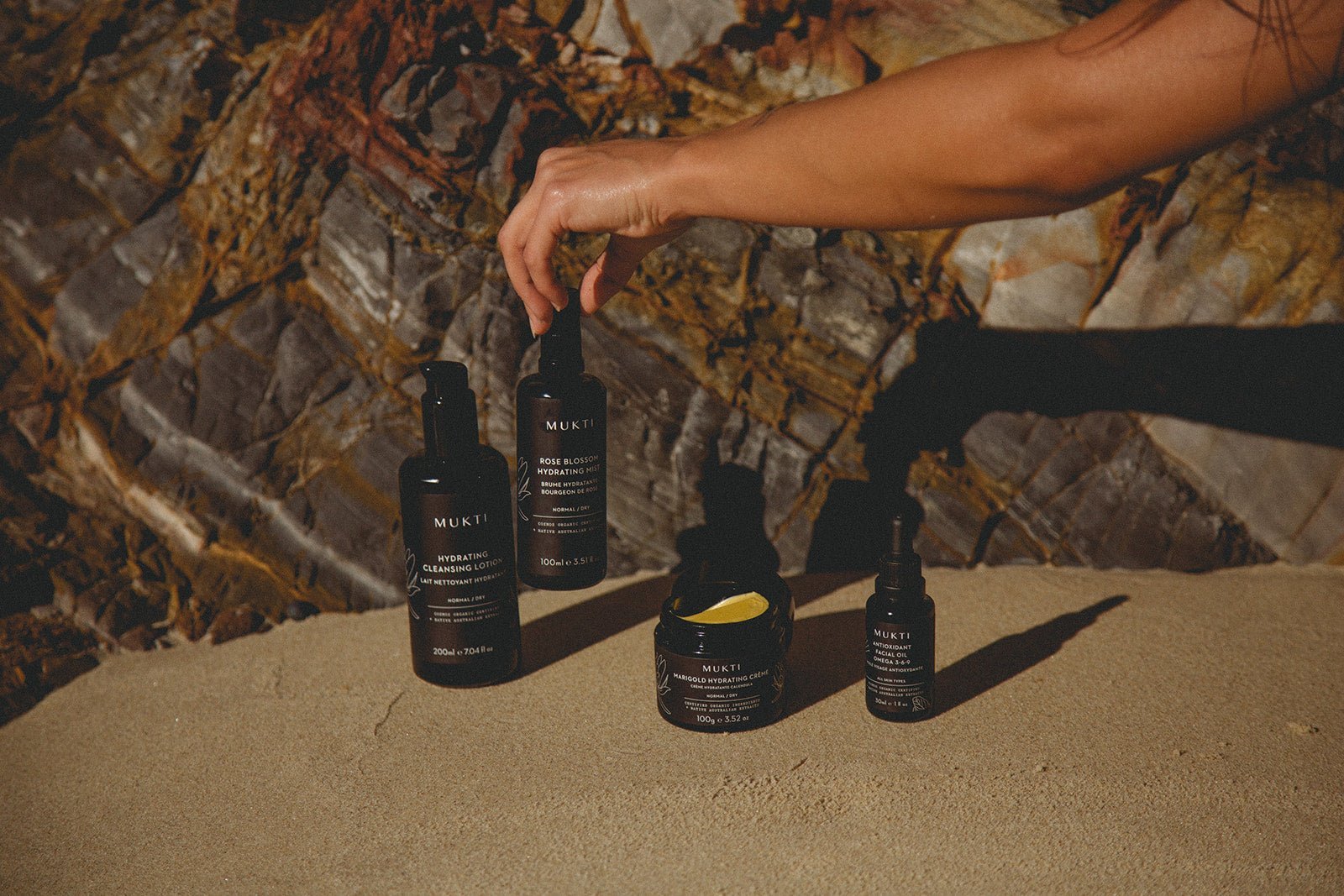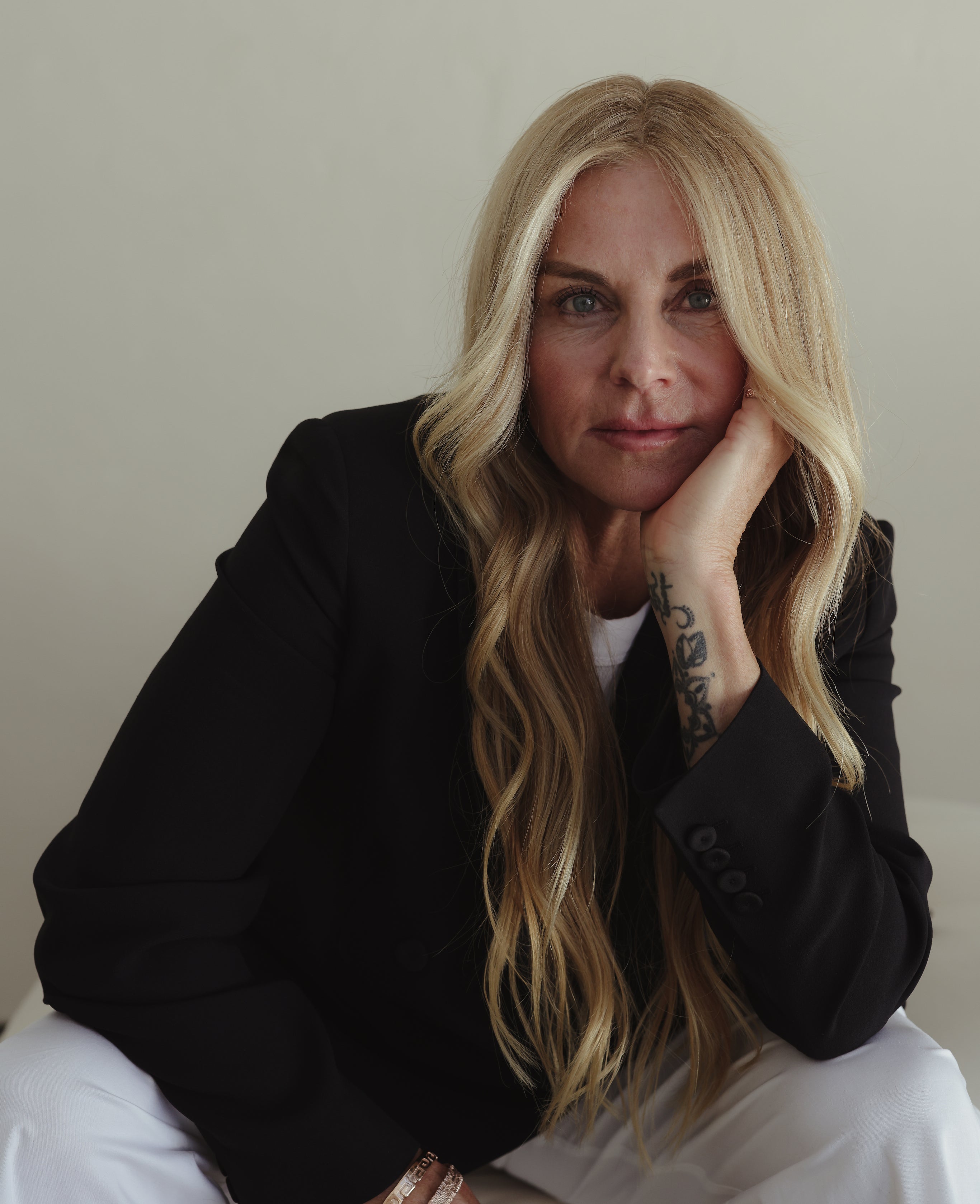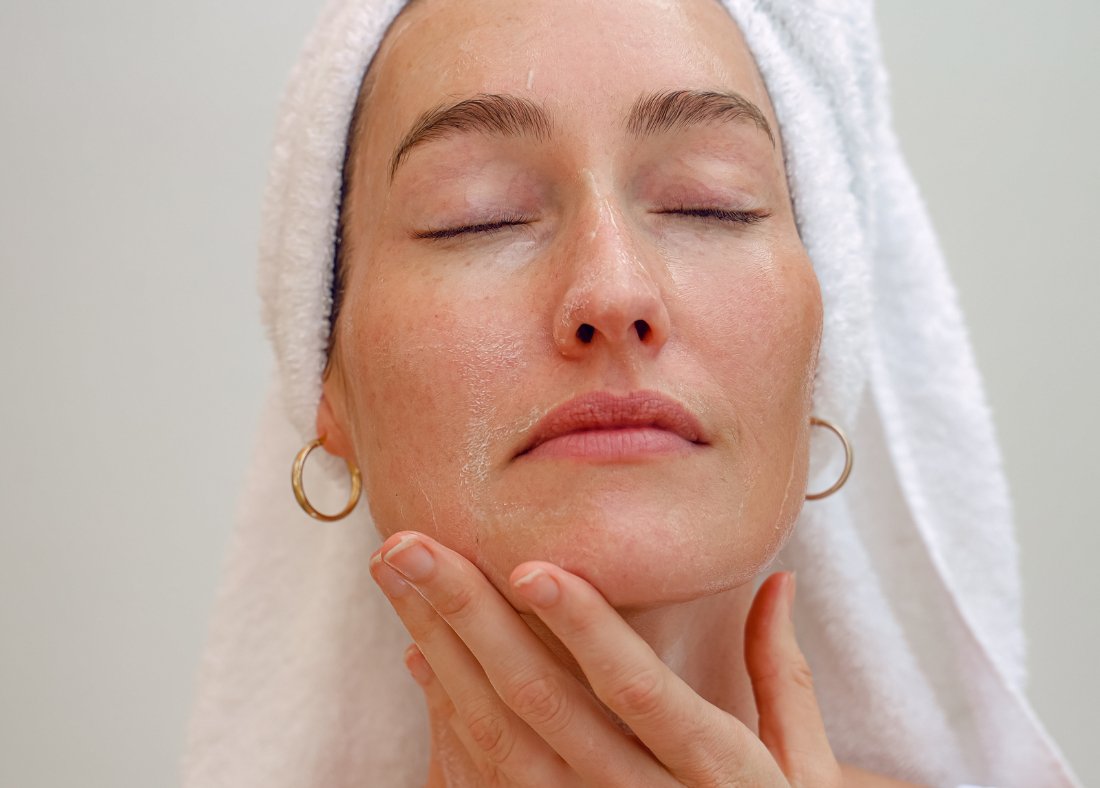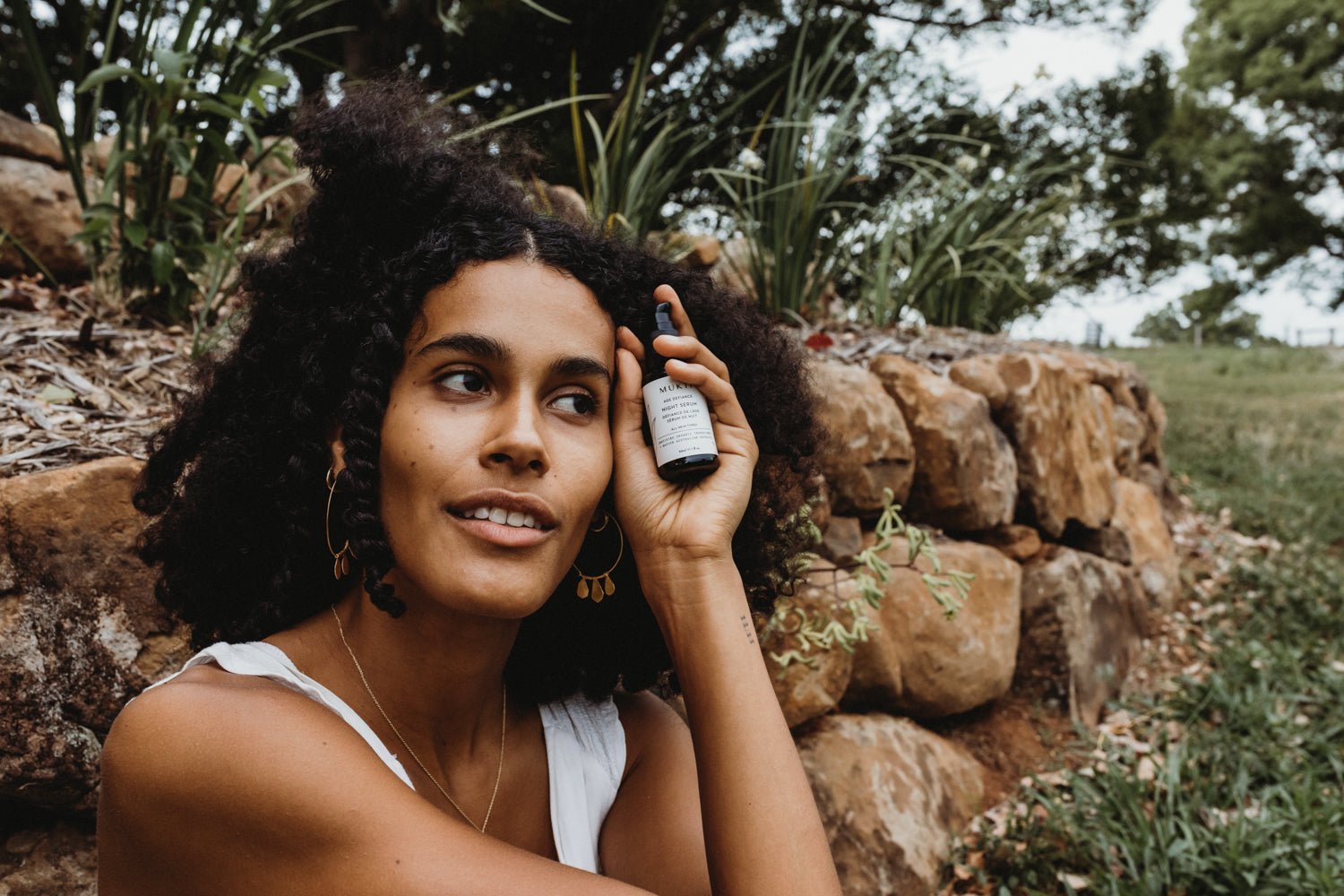
What Is The Difference Between Hydration And Moisture?
When it comes to the skin, the primary difference between hydration and moisture is that hydration concerns water, and moisture concerns oils.
When we talk about healthy, glowing skin, the terms hydration and moisture are often used interchangeably, but they refer to two distinct (and equally important) functions.
Hydration is about increasing your skin’s water content. Moisture is about maintaining that hydration by supporting your skin’s natural oils and barrier function.
When either is out of balance, you’ll likely notice it, through flakiness, dullness, tightness, or irritation.
This is where the terms dry and dehydrated skin often get confused. They sound similar, but they stem from different causes, and require different types of care.
So, what exactly is the difference between dry and dehydrated skin? And how do you treat each effectively? Let’s break it down.
WHAT IS THE DIFFERENCE BETWEEN DEHYDRATED SKIN AND DRY SKIN?
Dehydrated skin is specifically caused by lack of water in the skin. Dry skin is a lack of lipids in skin barrier and is considered a skin type. Both dry skin and dehydrated skin can contribute to the appearance of fine lines and wrinkles, but fine lines are more likely due to dehydration as well as a by-product of ageing.
SIGNS OF DEHYDRATED SKIN
- Loss of elasticity – pinch test on the back of your hand.
- Fine lines and wrinkles are more visibly apparent.
- Congestion - When your skin is dehydrated, your body will respond with overproducing oils which can lead to congested pores.
- Under-eye circles – the skin under the eyes is thinner and more delicate and has less oil glands so loss of elasticity can be more apparent. Dark circles can also appear with lack of healthy circulation, which requires adequate hydration. If your eyes look tired or have more pronounced under-eye circles than normal, dehydration may be the cause.
- Product Absorbs Too Quickly - If you notice that your skin has started to need a larger amount of product than usual, it might be trying to lap up that extra moisture. • Dullness or itchiness can be signs of dehydration.
WHAT CAUSES DEHYDRATION?
Dehydration occurs when water loss exceeds water replenishment. Contributing factors include:
- Drier air and less humidity
- Increased sweat output and body temperature
- Hormonal fluctuations or imbalances
- Sun exposure Medications
- Alcohol consumption - Alcohol uses up water when your body breaks it down. It also suppresses the hormone vasopressin that our bodies require to rehydrate which is why headaches are often associated with hangovers.
- Caffeine consumption - Caffeine is a diuretic which depletes your water supply.
- Sodium and sugar - Use extra water to break down.
During illness, excess exertion, or injury we may also experience isotonic water loss when water and sodium are simultaneously depleted which means we need to replenish both water and electrolytes.
TOP TIPS TO SUPPORT HYDRATION:
- Internally ensure that you are drinking at least 2 litres of water a day to replenish water stores.
- Using an unprocessed mineral sea salt will help maintain your mineral levels • Eat fresh foods as opposed to packaged food
- Limit dehydrating foods and drinks (excess salt, sugars, alcohol and caffeine)
- Replenish electrolytes after sweating
- Exercise regularly
- Avoid smoking
- Create a healthy sleep schedule
- Topical hydration support - use humectants in your daily skincare that draw moisture from the environment and assist with maintaining hydration and absorption of water into the skin. These include hyaluronic acid, glycerine, panthenol, aloe vera, hydrosols, niacinamide.
Avoid drying ingredients such as alcohol and strong astringents. Avoid over-exfoliating with the use of AHA/BHA (such as glycolic acid and salicylic acid), retinoids. - Correct Cleansing - If your cleanser strips oil and moisture from the skin it becomes unbalanced so avoid harsh detergents and surfactants with a high pH. Choosing the right cleanser to match your skin type is an essential first step. In winter, we recommend the Hydrating Cleansing Lotion.
- Exfoliation - Use gentle exfoliants such as our 2-in-1 Resurfacing Exfoliant which is a gentle physical/chemical exfoliant 2-3x a week on a consistent basis. Exfoliation should not burn, sting, or leave your skin red.
- Know your products - Some active ingredients complement each other, whereas others cause irritation when combined. Revise your routine to make sure you aren’t stacking too many strong ingredients together. If you are not sure, reach out to our customer care team for a free consultation or take our online quiz. You can treat fine lines and other signs of dehydration by including ingredients that are specifically hydrating by using humectants (hydrators) these would include the Rose Blossom Hydrating Mist, Hyaluronic Marine Serum, and Vital B Elixir. Humectants absorb water from that atmosphere or your skin and hold it in place and add moisture. Occlusives create a moisture seal and prevent evaporation helping to retain moisture.
HYDRATION RECAP:
- Hydrated skin appearance is more plump, less congested, and more able to protect us from acne-causing bacteria.
- Hydrated skin reduces the appearance of fine lines and wrinkles, enhances skin elasticity, balances oil production, and improves skin barrier function.
- Hydrated skin is less likely to be prone to irritation and appearance of redness.
WHAT IS MOISTURE?
The skin barrier is rich in lipids (oils) which play a key role in our skin health. The rate of oil our skin produces is dependent on our skin type. Healthy and balanced oil production maintains hydration and supports the skin barrier as well as overall integrity and appearance by preventing Transepidermal Epidermal Water Loss (TEWL). TEWL occurs when the lower layers of the skin (dermis) lose water to the environment via the upper layers of the skin (epidermis).
WHAT CAUSES MOISTURE LOSS?
Various factors are involved with moisture loss but as we age our skin naturally becomes drier. Using emollients, humectants and occlusives in skincare help to maintain healthy moisture levels. A lack of moisture can also signal the body to produce excess sebum. Moisture loss can prompt your body to replace lipids quickly, but it may overcompensate, leading to clogged pores, congestion, and acne.
WHAT ARE EMOLLIENTS AND OCCLUSIVES?
Emollients and occlusives are found in moisturisers and help protect the outer layer of your skin barrier. Moisturisers assist by smoothing the surface of the skin by filling in the spaces as our skin desquamates (sheds) and restores the intercellular lipid bilayers. Ceramides are lipids (fatty acids) that are produced in the sebaceous glands. Ceramides help to moisturise and strengthen the protective skin barrier and protect the skin from external aggressors such as weather and pollution.
Emollients are hydrocarbons found in oils which improve skin barrier function, cell signalling and membrane fluidity. Their benefits result in an overall improvement of skin texture and appearance. Some favourites are found in the Antioxidant Facial Oil and include Sea Buckthorn Berry Oil, Prickly Pear Oi, Pomegranate Oil, Rosehip Oil, Tamanu, Chia Seed Oil, Evening Primrose Oil.
Occlusives are oils and waxes which form an inactive layer on the skin surface and physically block water evaporation from the skin (TEWL). They prevent dehydration by creating an effective moisture layer and protect the skin from pathogens by fortifying the skin barrier. These work as emulsifiers that hold the water and oil component of the product intact and include ingredients such as Shea Butter, Cacao butter, Coconut oil and various waxes.
MOISTURE RECAP:
Threats to our moisture levels are more external compared to the combination of internal and external causes of dehydration. It’s important to not strip away the skin’s lipid layer (barrier). Moisturised skin has a healthy skin barrier that can hold in water while blocking out pathogens, making the skin appear softer and smoother. Moisturisation of your skin occurs topically by using emollients and occlusives in your skincare routine and internally with a nutritionally balanced diet.
ROUTINE FOR YOUR SKIN TYPE
Layer hydrating ingredients such as humectants (which are generally lighter and penetrate more readily before moisturising ingredients such as emollients and occlusives which are heavier. These work to hydrate, then seal and lock in moisture.
If you have dry skin, you will need more moisture. In winter months you would include the Marigold Hydrating Crème / Queen of the Night and finish with a few drops of the Antioxidant Facial Oil.
If you have oily skin, you will want to use the Restorative Moisturiser and add a few drops of oil to balance, solubilise and work with your natural lipids. For further assistance, take our skin quiz or book an online consultation with one of our senior skin therapists.






Leave a comment
This site is protected by hCaptcha and the hCaptcha Privacy Policy and Terms of Service apply.